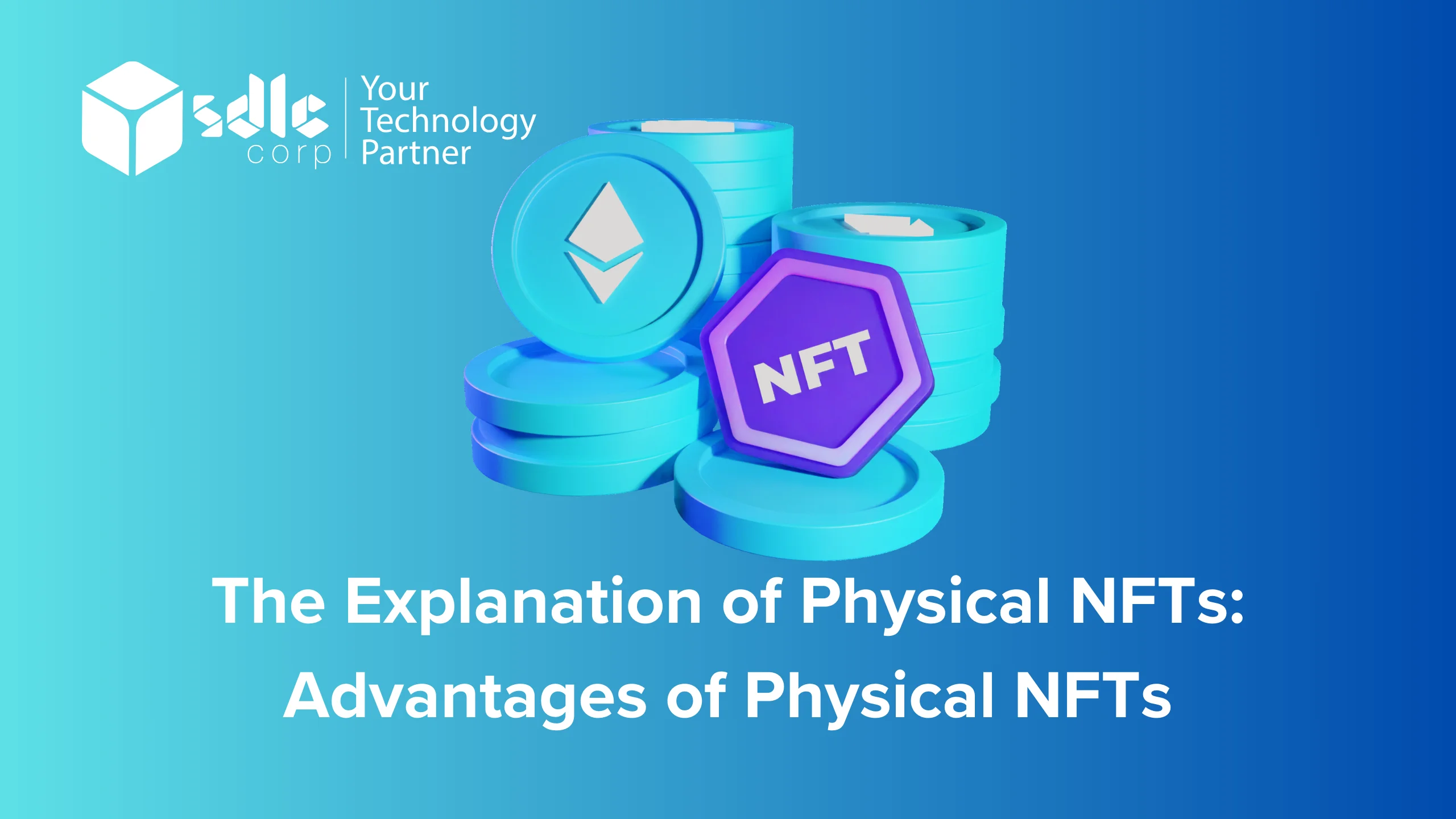The world of Non-Fungible Tokens (NFTs) has evolved beyond digital collectibles, artwork, and virtual assets. Today, Physical NFTs are transforming how we authenticate, own, and trade real-world objects using blockchain technology.
From luxury watches and rare sneakers to real estate and fine art, Physical NFTs enable blockchain-backed ownership of tangible items, ensuring provenance, transparency, and security. But how exactly do Physical NFTs work, and why are they gaining momentum?
In this guide, we’ll explore Physical NFTs, their benefits, use cases, and how they are shaping the future of digital ownership.
1️⃣ What Are Physical NFTs?
🔹 Definition of Physical NFTs
A Physical NFT is a tokenized representation of a real-world asset on the blockchain. Unlike traditional NFTs (which are purely digital), Physical NFTs link a blockchain-based token to a physical item, proving authenticity, ownership, and transferability.
🔹 How Do Physical NFTs Work?
1️⃣ A real-world asset (e.g., a painting, luxury bag, collectible) is assigned a unique NFT.
2️⃣ A smart contract stores details like ownership history, authenticity, and verification data.
3️⃣ The asset is tagged with a digital identifier (QR code, NFC chip, RFID).
4️⃣ When the NFT is sold or transferred, ownership of the physical asset follows the blockchain transaction.
This ensures that real-world ownership is cryptographically recorded and tamper-proof.
2️⃣ Why Do Physical NFTs Matter?
✔ Solves Authentication Issues – Eliminates counterfeiting in luxury goods and collectibles.
✔ Proves Ownership on the Blockchain – No need for paper receipts or centralized records.
✔ Enables Secure Peer-to-Peer Trading – Removes intermediaries and ensures direct asset transfers.
✔ Provides Transparent Asset History – Every transaction is stored on an immutable ledger.
As blockchain adoption grows, Physical NFTs are becoming a game-changer for industries that rely on authenticity and provenance.
3️⃣ Real-World Use Cases of Physical NFTs
🛍️ 1. Luxury Goods & Fashion
- Brands like Louis Vuitton and Prada are using Physical NFTs for authentication of high-end bags, watches, and accessories.
- Owners can verify their products via blockchain, eliminating counterfeit markets.
🎨 2. Fine Art & Collectibles
- Artists are minting NFTs linked to physical artwork, ensuring provenance.
- Buyers receive a tokenized proof of ownership, securing value and authenticity.
🏠 3. Real Estate & Property Deeds
- Tokenized real estate NFTs allow buyers to digitally verify property ownership.
- Reduces paperwork and streamlines real estate transactions via smart contracts.
💎 4. High-Value Assets (Gold, Diamonds, Cars)
- Gold bars, diamonds, and luxury cars can be tokenized for secure trade and investment.
- Platforms like Mattereum use NFTs to prove ownership of rare collectibles.
🎟️ 5. Event Tickets & Experiences
- Concerts, sports events, and VIP experiences are now being linked to NFTs.
- Prevents ticket fraud by verifying authenticity on-chain.
4️⃣ How Are Physical NFTs Created?
🔹 Step 1: Asset Verification & Tokenization
- The real-world item is verified, ensuring authenticity.
- A smart contract is created with metadata linking the item to the NFT.
🔹 Step 2: Adding a Physical Identifier
- A QR code, NFC chip, or RFID tag is attached to the asset.
- This ensures owners can scan and verify the item’s authenticity.
🔹 Step 3: Minting the NFT on the Blockchain
- The NFT is created and stored on a blockchain like Ethereum, Polygon, or Solana.
- The smart contract includes ownership rights, transfer conditions, and authentication details.
🔹 Step 4: Enabling Marketplace Trading
- The NFT can be listed on platforms like OpenSea, Rarible, or specialized NFT marketplaces.
- When the NFT is sold, ownership of the physical asset transfers to the buyer.
5️⃣ Challenges of Physical NFTs
⚠️ 1. Ownership Transfer Complexity
✔ Issue: Unlike digital NFTs, Physical NFTs require physical asset delivery.
✔ Solution: Companies are working on secure vaulting & escrow services.
⚠️ 2. Fraud & Counterfeiting Risks
✔ Issue: Someone could duplicate the asset and its NFT.
✔ Solution: NFC chips, AI verification, and blockchain records ensure authenticity.
⚠️ 3. Regulatory & Legal Concerns
✔ Issue: Governments have limited laws on NFT-backed physical assets.
✔ Solution: Standardization of NFT ownership rights is needed.
6️⃣ The Future of Physical NFTs
🔹 Luxury brands, real estate firms, and art dealers are increasingly adopting NFT authentication.
🔹 Tokenized asset marketplaces are emerging for trading gold, diamonds, and collectibles.
🔹 Interoperability between digital and physical assets will improve, making NFTs more mainstream.
🔹 Blockchain-backed verification will become the new standard for high-value assets.
🚀 The Physical NFT revolution is just beginning, and its potential is limitless!
Conclusion
Physical NFTs bridge the gap between blockchain technology and real-world assets, offering authenticity, transparency, and secure ownership transfers. As industries like luxury goods, fine art, real estate, and collectibles adopt blockchain-backed verification, Physical NFTs are redefining how we buy, sell, and authenticate tangible assets.
For businesses looking to build a seamless NFT marketplace for tokenizing physical assets, investing in NFT Website Development Services ensures a secure, scalable, and user-friendly platform that enhances trust and trading efficiency.















